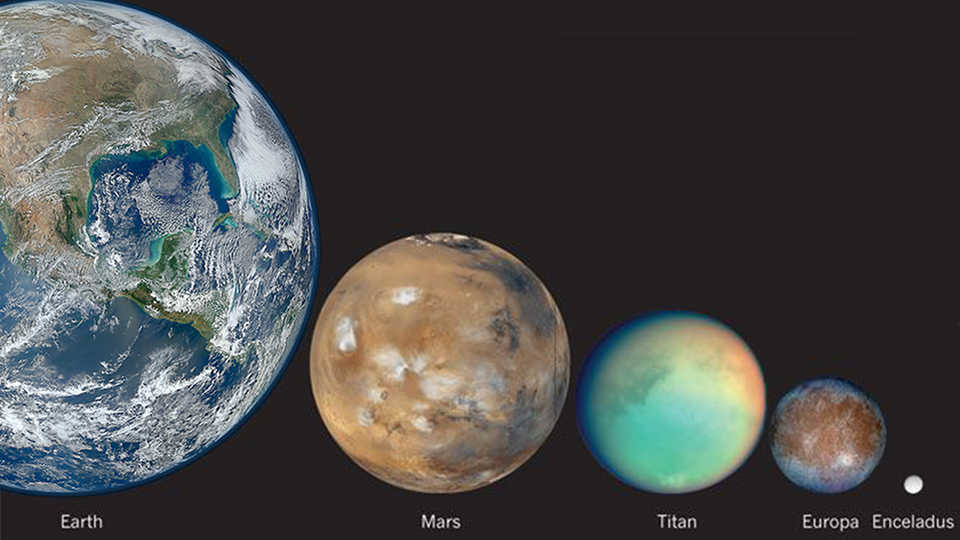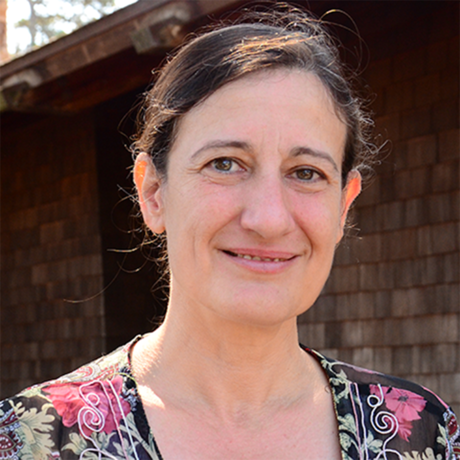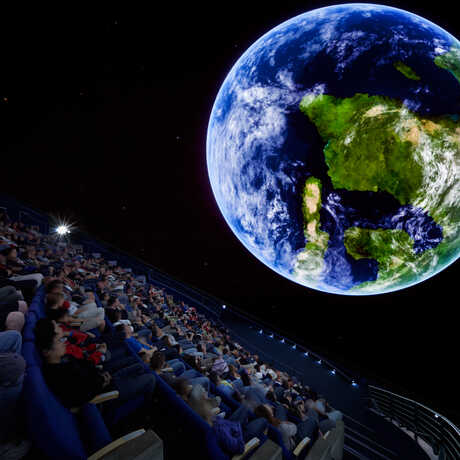$15 per guest
Member and senior price: $12. Discount applied after login.
Seating is limited and advance reservations required. To order by phone, call 1-877-227-1831.

Earth and other ocean worlds of our solar system, shown to scale. Image NASA.
Science Expeditions to Planetary Analogs
Monday, July 8, 7:30 pm
Morrison Planetarium
Featuring Rosalba Bonaccorsi, SETI Institute & NASA Ames Research Center
The search for life on Mars and elsewhere in the solar system requires life detection technology to be tested in real environments before flight. Dr. Bonaccorsi describes field expeditions to various planetary analogs on Earth. The purpose of these is to gain scientific knowledge through a deeper understanding of the target environments, which informs how extreme and cryptic life can be discovered and studied. We also want to test technologies, system interactions, and analytical protocols enabling exploration and scientific breakthrough. At the remote sites, we train teachers, educators, and the next generation of scientists and space explorers. Last but not least, we have a burning desire to excite and engage the public worldwide as well as the local communities in the exploration vision through analog activities here on Earth.

Dr. Rosalba Bonaccorsi is keen to establish a wide picture of where life and its signatures are detected. Over the last 10 years, she has been testing protocols for real-time life-detection in a variety of environments, including Australia, Namibia, India, Antarctica, and the Atacama and Mojave Deserts. Since 2009, she has been studying the distribution of life indicators in Death Valley in support of the Curiosity rover mission and other planned searches for life on Mars. Last but not least, over the past three years, Rosalba has been implementing innovative laboratory experiments to simulate the plumes of the Saturnian moon Enceladus and similar environments to support future flyby missions to detect life on distant Ocean Worlds.
From outer space to Earth's inner core, explore the universe from Morrison Planetarium's 75-foot digital dome.
